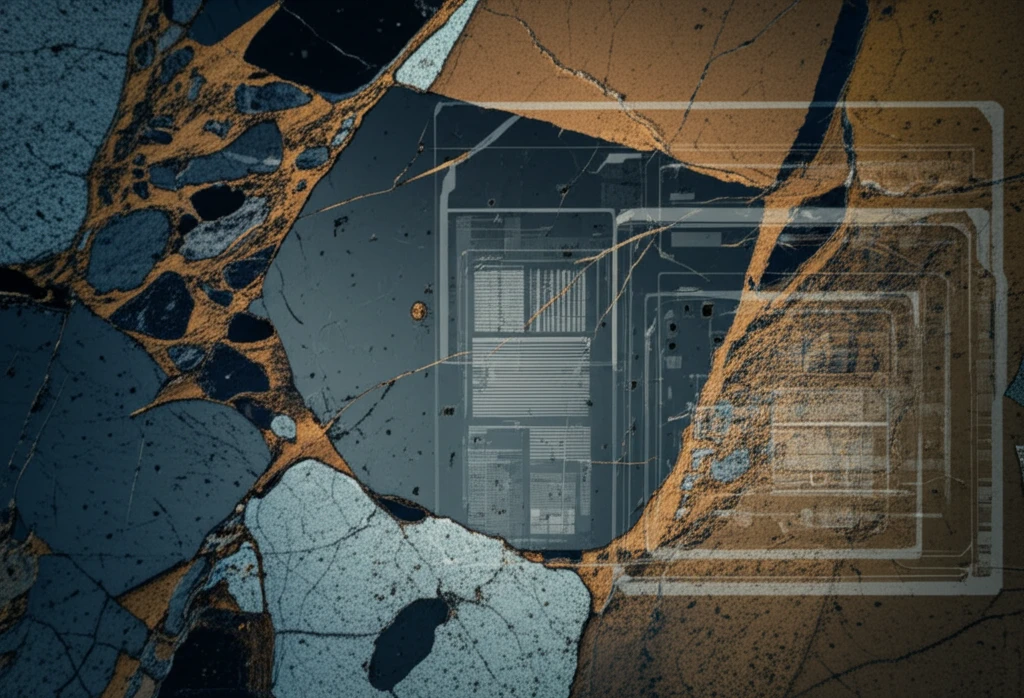
Unlocking the Past: How High-Resolution Imaging is Revolutionizing Archaeological Thin Sections
"A modern guide to digital techniques for exploring ancient worlds, making microscopic analysis accessible to all."
For centuries, archaeological discoveries have relied on meticulous observation and detailed analysis. One critical technique, micromorphology, involves studying thin sections of soil and sediment under a microscope to reveal the secrets of past environments and human activities. These tiny slices of earth hold invaluable clues, but traditional methods of documentation often limit accessibility and reproducibility.
The rise of digital imaging is changing the game. High-resolution techniques are emerging that promise to unlock a new level of detail and collaboration in archaeological research. By digitizing thin sections, researchers can create comprehensive visual records that can be shared, analyzed, and preserved for future generations. This shift towards digital documentation is democratizing access to archaeological data and fostering a more collaborative approach to understanding our past.
This article explores the groundbreaking methods transforming archaeological thin sections using high-resolution imaging. We will compare traditional and modern techniques, discuss the analytical benefits, and look into how digital documentation enhances education, accessibility, and scientific collaboration. Whether you're an archaeology enthusiast, a student, or a seasoned researcher, discover how these new tools can revolutionize the study of our shared history.
What are the key benefits of digitizing archaeological thin sections?

Digitizing archaeological thin sections offers numerous advantages over traditional methods, affecting everything from analytical workflows to educational practices. Let's break down some of the most compelling reasons to embrace this technological shift:
- Sharing and Co-analysis: Digital thin sections can be easily shared with colleagues for collaborative analysis, regardless of geographical location.
- Real-time Editing: Collaborative systems enable real-time editing and analysis of graphic material, fostering dynamic interaction.
- Educational Purposes: Digital records can be used as visual references in lectures, offering more interactive exercises and broader access for students.
- Public Access: Openly accessible digital collections promote scientific reproducibility, allowing peers to validate microscale observations and interpretations.
The Future of Archaeological Analysis
The transition to digital imaging represents a significant step forward in archaeological micromorphology. By adopting these techniques, researchers can unlock new insights into past environments and human activities. This article only scratches the surface of the potential applications, but the path is clear: the future of archaeological analysis is increasingly digital, collaborative, and accessible.
